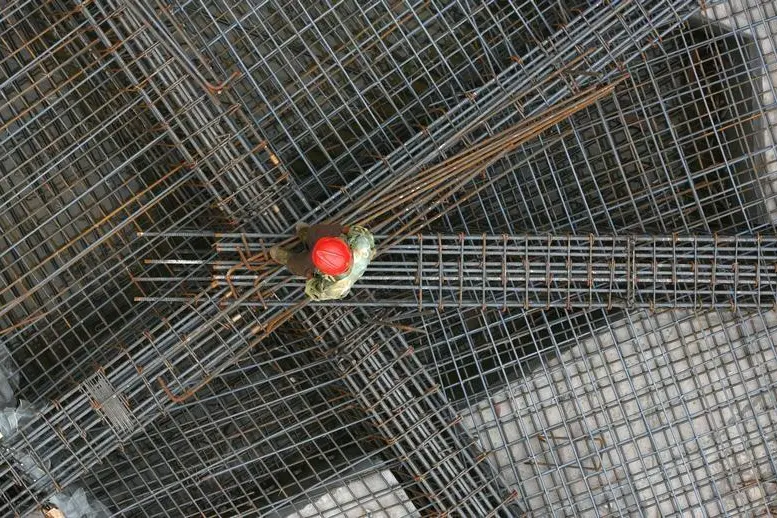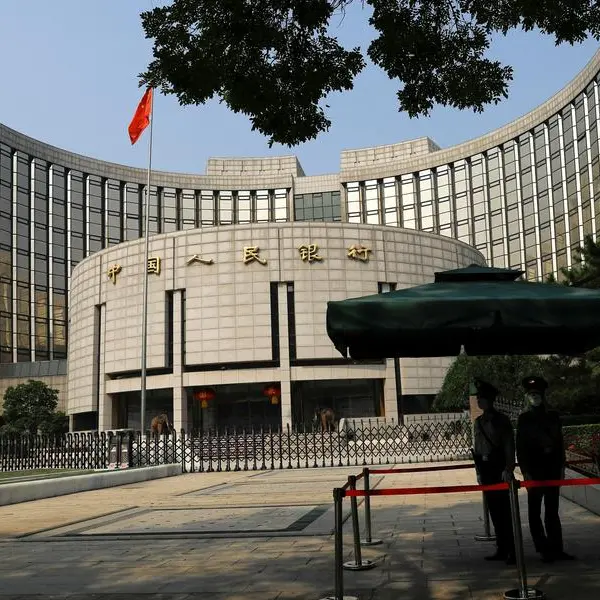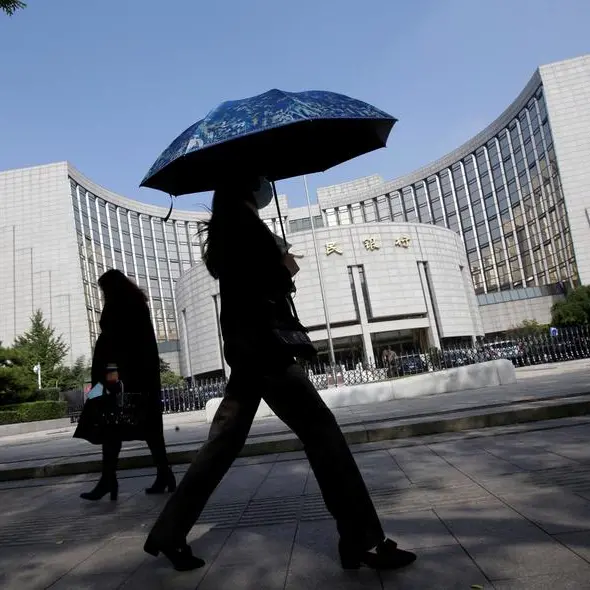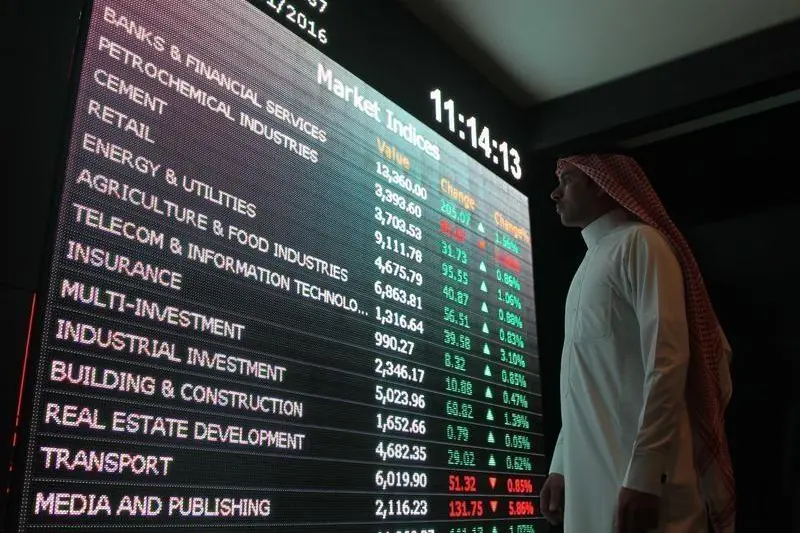PHOTO
Image used for illustrative purposes A labourer checks steel bars at a construction site in Wuhan, central China's Hubei province September 7, 2006. Stringer, Reuters
(The opinions expressed here are those of the author, a columnist for Reuters.)
LAUNCESTON, Australia - China's steel output slumped in July and is likely to continue to fall in coming months as mills struggle for profits amid sluggish demand and look to comply with government guidance that ensures annual production shows no growth.
A total of 82.94 million metric tons of crude steel was produced in July, down 9.5% from June and the lowest since December last year, according to official data released last week.
For the first seven months of the year, China's steel output was 613.72 million tons, down 2.2% from the same period in 2023.
If that already looks soft, it's poised to become even weaker in coming months, especially if the steel sector is to meet the unofficial target of total output for 2024 being no more than what was produced in 2023.
Daily steel output for the first seven months was 2.88 million tons, a rate that if maintained for the rest of the year would result in annual production of 1.05 billion tons.
This would be the second highest on record after 1.07 billion tons in 2020, and exceed the 1.02 billion tons produced in 2023, as well as the 1.01 billion tons in 2022 and the 1.03 billion tons in 2021.
If the 996 million tons produced in 2019 is also taken into account, it's clear that China's steel output has been largely steady around 1 billion tons for the past five years.
This is largely because steel demand has levelled off and the authorities in Beijing have also encouraged an informal cap on production in order to limit pollution from the coal and energy intensive process of steel making.
In addition to not exceeding the prior year's output, China's steel mills are battling weak margins, with data from consultancy MySteel showing only 5% of producers are currently profitable.
The benchmark steel rebar contract on the Shanghai Futures Exchange recently dropped to the lowest in more than four years, ending at 3,100 yuan ($434) a ton on Aug. 15, down 24% from the start of the year.
Steel prices last had a winning year in 2021, having ended each year since then at a lower price, a trend likely to continue in 2024.
PROPERTY PROBLEMS
Steel has been dragged lower by a protracted slump in China's property sector, where investment dropped 10.2% in the first seven months of the year compared to the same period in 2023.
Beijing has tried to stem the bad news by implementing several stimulus measures, including relaxed lending criteria, but these have so far failed to lift confidence in the property sector.
There is also a seasonal element to China's steel production, which tends to peak around the summer months as mills increase output to meet the increased demand for construction.
But with construction in the doldrums it appears that steel output in 2024 peaked in May, and it's likely to continue trending lower given the absence of optimism over a rebound in the property sector.
Another channel that has provided some support was exports of steel products, which are up 21.8% in the first seven months of the year to 61.23 million tons.
However, that gain amounts to an increase of only 10.34 million tons, which while welcome to the struggling mills is hardly enough to make much difference to an industry with annual output of around 1 billion tons.
Exports may also be under threat of tariffs, with India becoming the latest country to begin an investigation into allegations of China dumping steel into its market at prices that render domestic production uncompetitive.
The opinions expressed here are those of the author, a columnist for Reuters.
(Editing by Kim Coghill)























